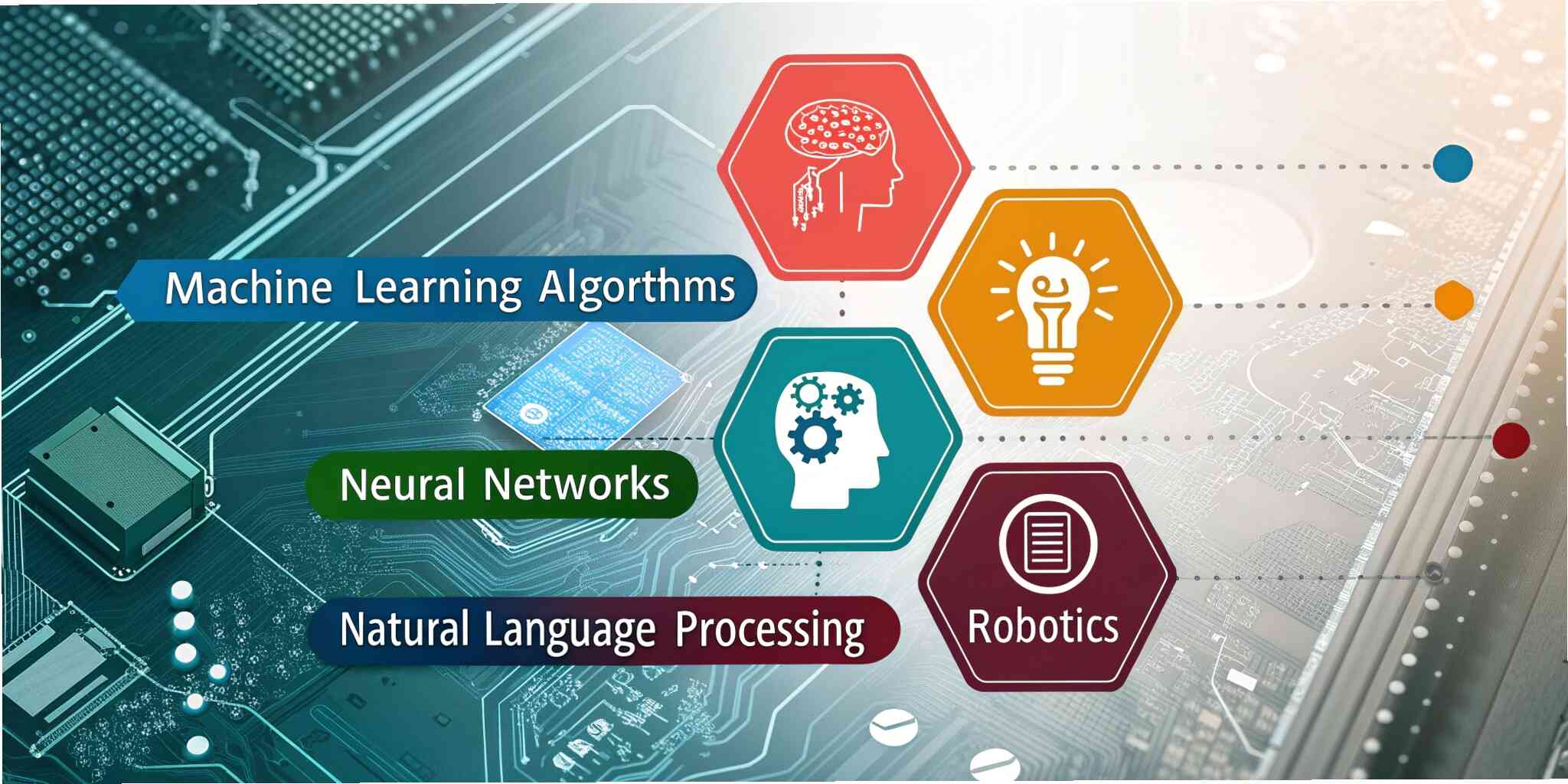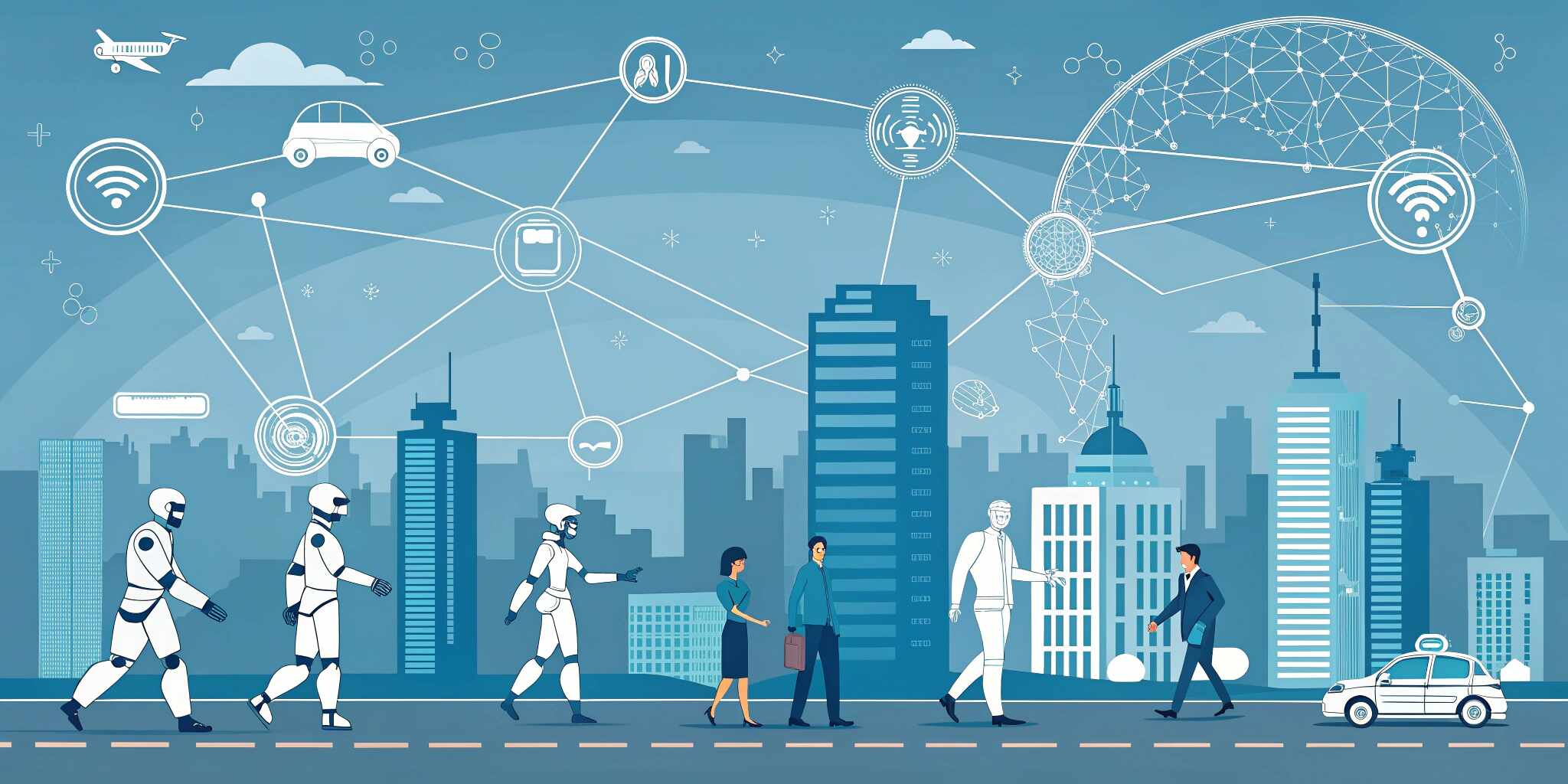Main Content
Artificial Intelligence (AI) continues to evolve at an astonishing pace, and in 2025, the field of AI computing is marked by a surge of disruptive innovations. From energy-efficient hardware to decentralized intelligence, here are the five biggest ideas shaping the next wave of AI computing.
1. Neuromorphic Computing: Brain-Inspired Intelligence
Neuromorphic computing mimics the human brain's structure and function using spiking neural networks and specialized chips. These systems consume significantly less power while handling complex, parallel computations. Intel’s Loihi and IBM’s TrueNorth are early pioneers, with practical applications in robotics, real-time vision, and autonomous systems gaining momentum in 2025.
Why It Matters: It brings faster, more efficient AI to edge devices, unlocking new possibilities for smart wearables and intelligent IoT.
2. Edge AI: Intelligence at the Source
Edge AI enables processing directly on devices like smartphones, cameras, and vehicles—eliminating the need to send data to centralized cloud servers. Thanks to increasingly powerful edge chips (like Google Coral and NVIDIA Jetson), latency is reduced, privacy is preserved, and real-time decision-making is accelerated.
Why It Matters: Critical for industries like healthcare, automotive, and manufacturing where real-time decisions are vital.
3. Quantum AI: The Next Frontier
Quantum computing is still in its infancy, but 2025 has seen promising integrations between quantum algorithms and machine learning models. Quantum AI has the potential to solve previously intractable problems in optimization, drug discovery, and climate modeling.
Why It Matters: It introduces exponential speedups in data analysis and model training, redefining what’s computationally possible.
4. Federated Learning: Decentralized AI Training
Federated learning allows AI models to be trained across multiple devices without transferring raw data. In an era of growing data privacy concerns and strict regulations, this approach ensures compliance while enhancing AI capabilities.
Why It Matters: Ideal for sectors like finance and healthcare, it balances innovation with strict data governance.
5. AI Accelerators & Custom Silicon
The demand for performance has led to the rise of custom AI chips—TPUs, NPUs, and dedicated AI accelerators. In 2025, companies are designing specialized processors for specific workloads, making AI more accessible and energy-efficient across diverse applications.
Why It Matters: Speeds up training and inference, lowers energy costs, and makes AI available in compact, everyday devices.
Conclusion
The landscape of AI computing in 2025 is dynamic and full of potential. These five ideas—neuromorphic computing, edge AI, quantum AI, federated learning, and custom accelerators—are more than trends; they’re shaping the infrastructure of the intelligent digital age. Businesses and developers who embrace these technologies early will be the ones to lead tomorrow’s innovation.


